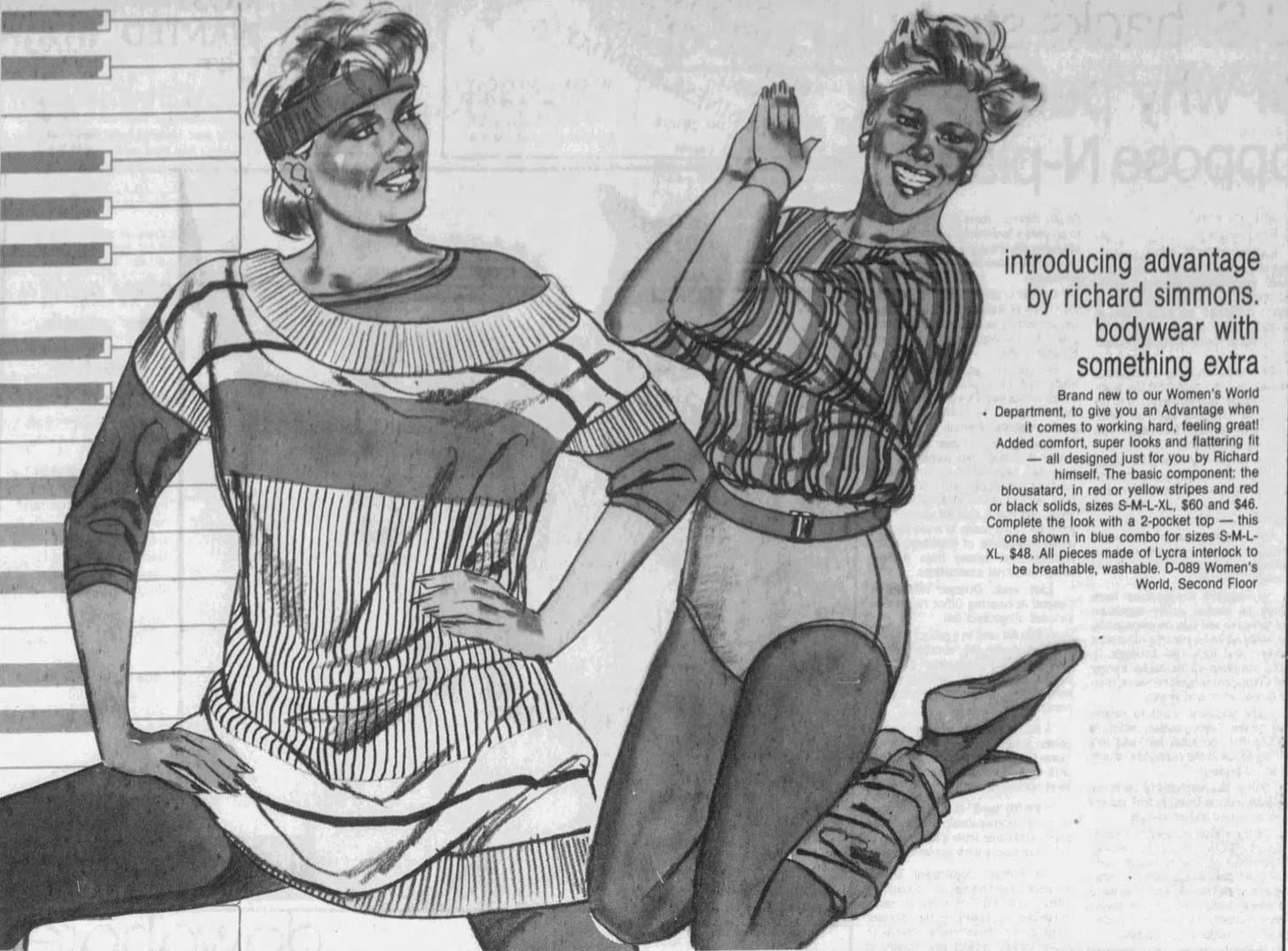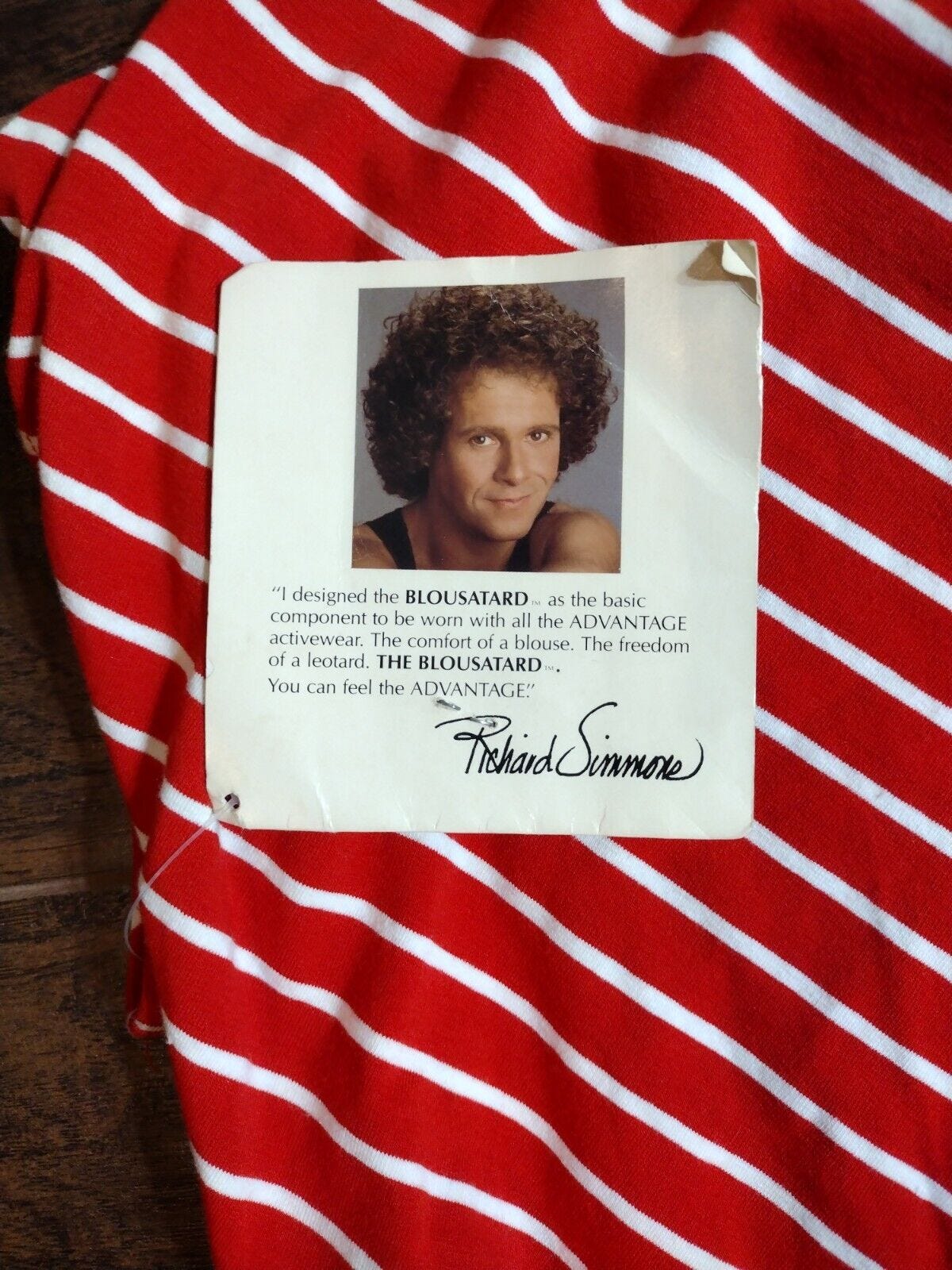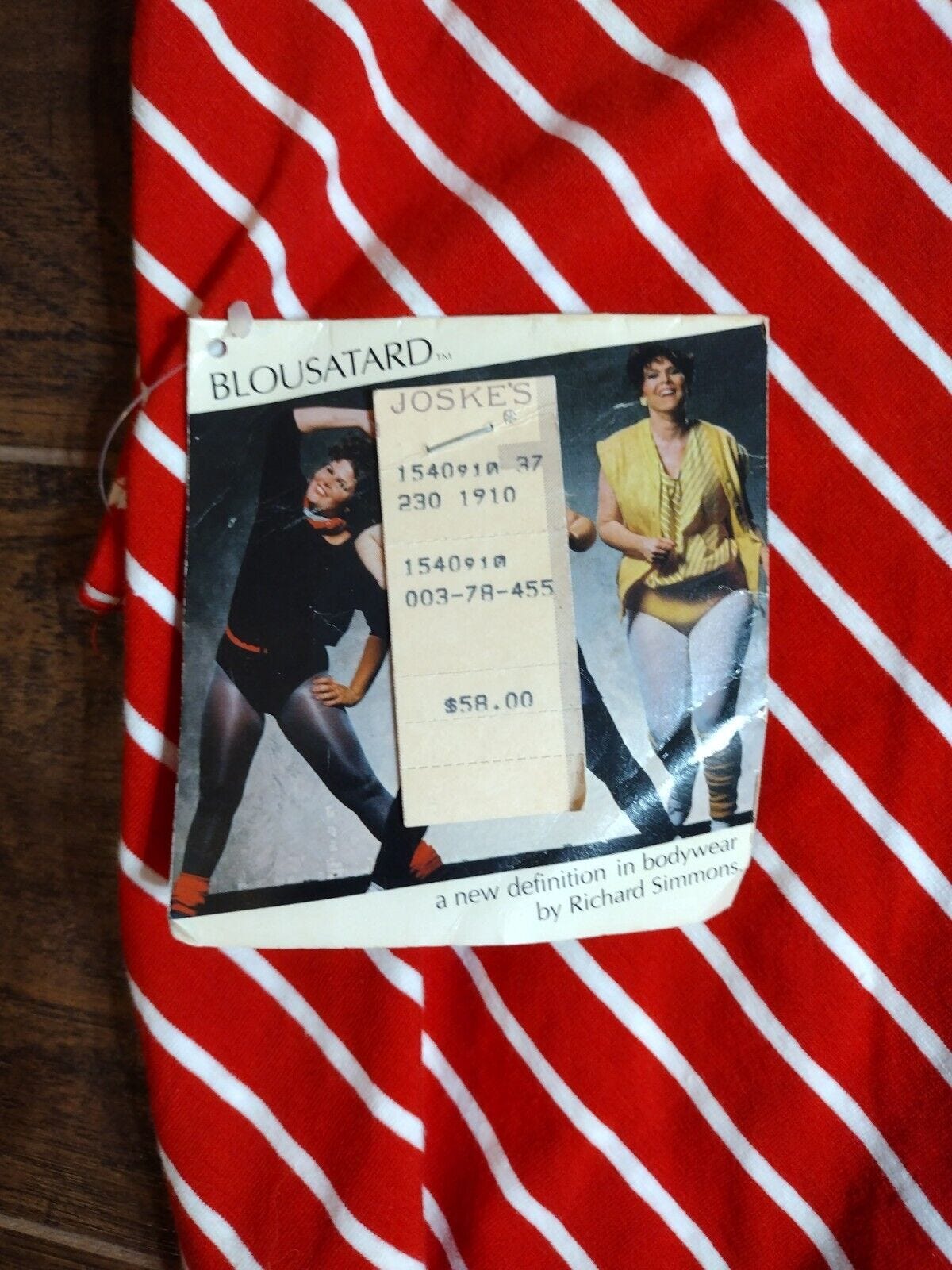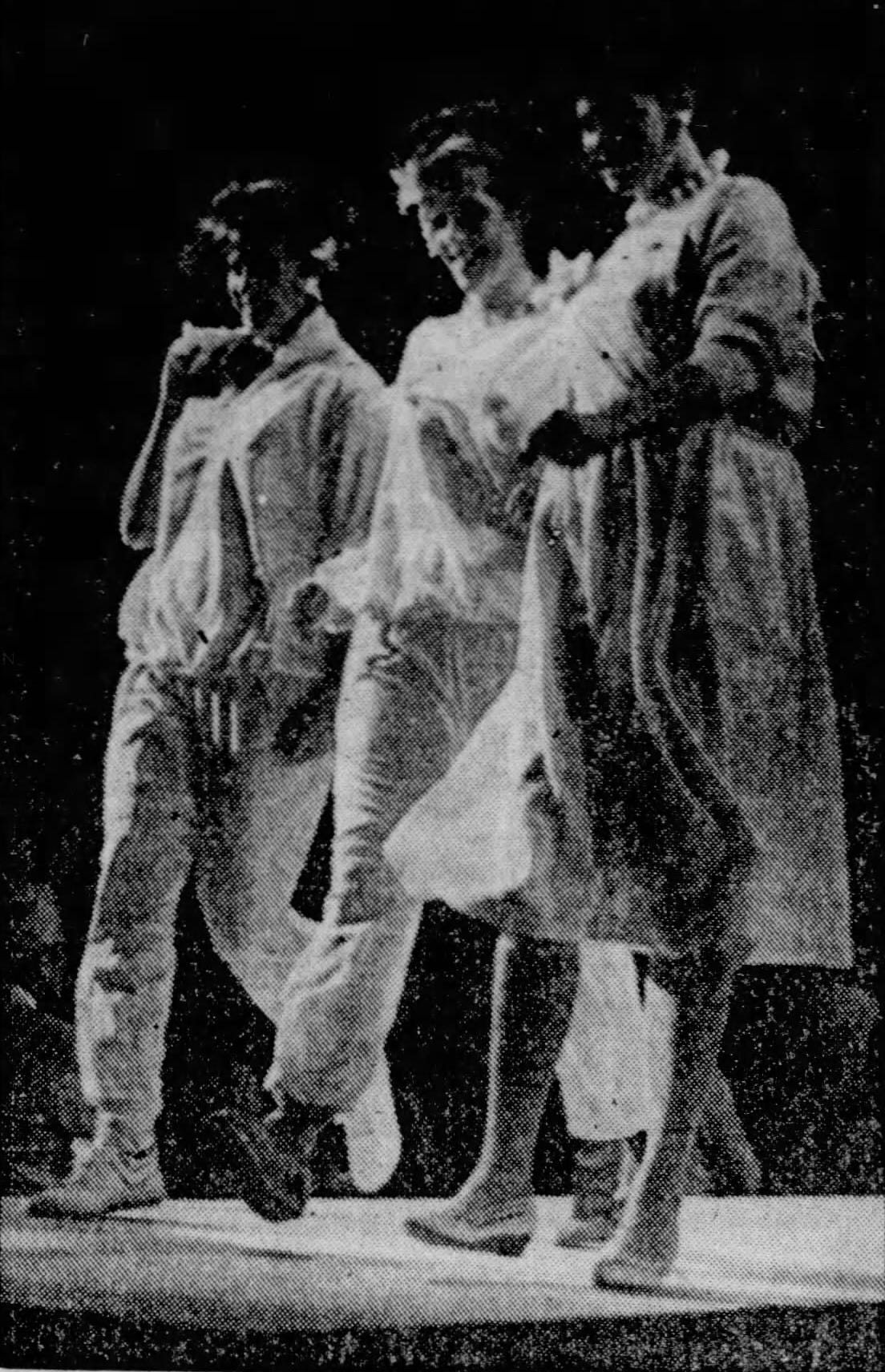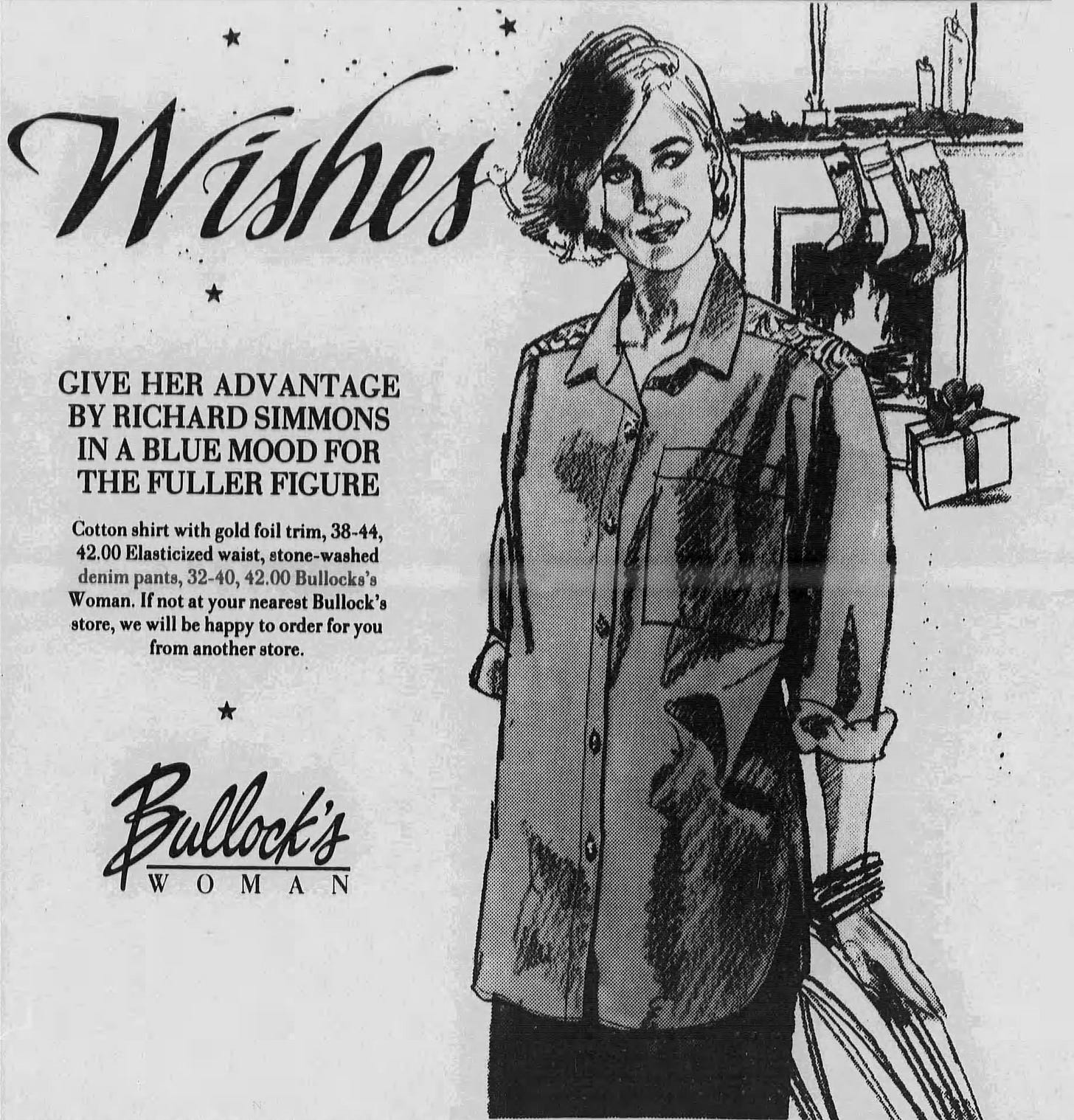As I mentioned in the first part of my series on Richard Simmons, I became inspired to research him after coming across a mention of his brief mid-80s plus-size clothing collection. Below is an exploration of his several attempts to get into apparel.
For more context, go back and read part one (on Simmons’ early years), part two (on his jewelry collection), and part three (on the design and decor of his exercise studios and salad bar).
I've worked with thousands of women across the country who have a weight problem, and one of their basic complaints has been finding something to wear that makes them feel good. They may never be a size 7, that doesn't mean they shouldn't look and feel terrific.
General Hospital, The Richard Simmons Show, mall tours, a diet book, and numerous talk show appearances all contributed to Richard Simmons’ mega-fame by 1984. Between running and teaching at the main Anatomy Asylum in Beverly Hills, opening new Anatomy Asylums around the country (see my last newsletter for more on this), and leading exercise classes in mall atriums, Simmons was becoming increasingly aware of a problem plaguing many of his acolytes. As a formerly fat person who had made his 100+ pound weight loss part of his myth, Richard had built much of his persona and business around helping people in larger bodies learn to enjoy exercise—but as he looked out on the crowds’ leg-lifting and dancing along with him, he realized that only the most in-shape had stylish adequate workout clothes. Seeing this play out among those he knew, Simmons later told the Chicago Tribune, “I had a client who was 400 pounds when she came to my studio. She lost 190 pounds, but even so she was still a big girl. I went shopping with her to buy some new clothes. We went to all the major stores and there was nothing over size 12 or 14. I saw there was a real fashion need.”
In April 1984 he announced Advantage by Richard Simmons, a line of active and casual sportswear for large-size women. Strangely under the umbrella of military contractor Breton Industries instead of a fashion manufacturer, Advantage was for women weighing 200 to 400 pounds—listed as either sizes 16 to 36 or as offering sizes 38 to 44 in tops, 32 to 38 in bottoms. “I am personally selling the line to stores. I want them to understand that it shouldn’t be shoved next to the pretzels,” Richard told the LA Times. The 56-piece fall collection topped its first-year projection of $3 million wholesale within four weeks. Among the first retailers to make large orders for July delivery were Jordan Marsh, Abraham & Straus, and Hecht’s (all unfortunately lost in the department store consolidations of the late-80s and 1990s).
Aware of store’s resistance to putting larger-sized clothes center stage, Simmons and Advantage planned an aggressive promotional campaign—any retailer who made a $500,000 commitment or better the first season would get an in-store appearance by Simmons, complete with an hour-long fashion show and mini exercise class. WWD reported, “Stores have the option to conduct an in-store contest several days before Simmons’ appearance and choose three women, size 16 or larger, for a complete makeover including a haircut, new makeup, and a new wardrobe supplied by Advantage. Simmons will introduce the women to the audience before the fashion show begins.” The report promised that, very incongruously, banana splits and ice cream sodas would be served during the show.
Another key element of the campaign was supposedly a 30-second commercial, featuring “close-up shots of a woman slipping on a pair of sweatpants and a shirt and adjusting the sleeves before the camera pans out to reveal a full shot of Connie Peach, a well-known large-size model. The accompanying soundtrack has someone whistling ‘Oh You Beautiful Doll.’” While I have been unable to track down a copy of this commercial, print ads show Richard with groups of smiling, joyful women.
Made in Los Angeles, Advantage’s first collection was priced between $28 and 75. For working out, Advantage offered very-of-the-moment bodysuits—both tank leotards and “blousatards,” leotard bottoms attached to cap-sleeve blouson bodices. Fleece sweatshirts and pants worked equally well for the gym or a walk, while cotton chambray jumpsuits (broad-shouldered with a drawstring waist) and oversized shirts provided pulled-together looks for an active lifestyle. According to period interviews, Simmons developed the designs with Robin Olgin, a designer who had attended one of his first classes.
From July through to the following March, Simmons was booked almost continuously at stores across the country; apparently, he did 130 personal appearances between October and the end of the year. Many of the in-store fashion presentations and “stretchercise” classes drew as many as 3,000 Simmons fans. The LA Times documented one such visit:
During a week when nobody in Los Angeles seemed to be going anywhere except to the Olympics, Simmons was drawing a large lunchtime audience at the Broadway. The spectators—including many who are not overweight—had been lured by the chance to see ad be entertained by the hyperactive Simmons, who cajoled, chided and exhorted them to establish and follow a daily fitness routine. He used the fashion show as a backdrop for his health message, interspersing his commentary on the clothes… with maxims on deep breathing, light eating and daily walks.
By September 1984, “stout clothing” pioneer Lane Bryant was selling the line and featuring Simmons in its stores.
While I have been unable to uncover sales numbers, there appears to have been a large number of women who finally felt seen and understood by Advantage and its products. In one interview, Richard remarked, “These women are responding to the fact that we are giving them something stylish to wear. To most manufacturers, large-sized means an A-line that covers as much arm and leg as possible. Our clothes have shape and detailing.” Simmons’ Advantage wasn’t the first company to make plus-size sportswear but they were the first to attach celebrity (combined with trendy styling) to it. At least in terms of quantity of stores, it seemed to be a success—in September 1985 Simmons spoke at a hearing on child health and fitness before the Subcommittee on Children, Family, Drugs and Alcoholism; in his biography included in the government’s report, Advantage was then available in 1500 stores nationwide.
Similar to how Simmons recognized a void in the market, so did many fashion manufacturers. In a discussion of Vogue’s brief advertorial series “Fashion Plus,” fashion historian Lauren Downing Peters calls the mid-1980s “an important, if overlooked, turning point in the as yet unwritten history of large-size women’s dress.” Running from 1986 to 1988 in the March and September issues (commonly considered the most important of the year), “Fashion Plus” documented the proliferation of important designers and ready-to-wear houses creating clothing for larger-sized women—a group that had, up until (and after) that time, been widely ignored by the fashion industry. In the words of Vogue:
Suddenly, it seems, leading fashion names, traditional fashion houses, and a whole new breed of designers are creating up-to-the-minute ready-to-wear clothes for the large-size woman. Theirs is an important new message: you can be fashionable and look attractive no matter what size you wear.
According to Peters, “Fashion Plus” declared that “the plus-size woman of the mid-1980s had reclaimed the terms of her embodiment, stepping ‘into the fashion spotlight’ by choosing to ‘be beautiful.’ She was ‘active and intelligent, fabulous and fascinating, demanding and discriminating,’ and, above all else, fit for the pages of Vogue.” The advertorials of “Fashion Plus” never strayed into activewear, yet to fulfill Vogue’s dictate of being “active and intelligent, fabulous and fascinating, demanding and discriminating,” a larger woman likely would find it necessary to exercise—and Advantage was right there next to “Fashion Plus” featured pieces on the racks of department store’s “special sizes” sections to help them do so.
For fall 1985 Simmons also created an exclusive plus-size activewear line for Montgomery Ward, called “Curves.” Unlike Advantage’s wide array of styles and sometimes body-conscious silhouettes, Curves was solely composed of baggy fleece separates. It was meant to be a lower-priced alternative, available to even the most rural of customers through Ward’s famous catalogue. Again, Richard was sent out to tour Montgomery Ward stores everywhere from Fort Worth to Annapolis.
Some stores had Advantage heavily discounted within three months of its launch; it was regularly listed on sale that winter and into the spring of 1985. The last mention I could find of the collection was in 1987. Based on my research, Curves appears to have ended after one year—though I did find two curious mentions of it in 1988 being sold at one non-Montgomery Ward store. The brevity of Simmons’ plus-size lines in the 1980s likely stemmed from a confluence of different issues. As with any clothing, fit, fabric and production quality are of vital importance—lacking any of these can injure any new brand, no matter the star power behind it. Larger sizes are notorious for having greater fit issues than straight sizes (Victoria Sole Smith deep dives into this often in her great newsletter); working with a military manufacturer and not one versed in plus-sizes and women’s clothing supports the theory of an imperfect fit. Analyzing photos of vintage Advantage garments for sale on eBay and other sites shows simple garments that appear to have a similar quality to most straight-size 1980s activewear, but it is impossible to know from photos whether they fit correctly. The lack of success of Advantage’s activewear might also lie with many plus-size women feeling uncomfortable working out in such form-fitting garments—the 1980s was an incredibly fatphobic decade, and many women would have likely felt more comfortable in the baggy, nondescript clothes that Richard originally railed against. But Advantage and Curves also offered casualwear and still failed, lending credence to the idea that fit or quality was not in line with pricing.
Ten years later, Richard tried again—launching the Richard Simmons Collection in the summer of 1995, a line of casualwear for “full-figured women.” Introduced at department stores like Boscov’s, it moved over to being a Walmart exclusive after one season. Not activewear, instead it was casual sportswear—drawstring pants, jeans, cardigans, tunic tops, and dresses. While early articles mentioned that it would be expanding into fitness clothes, there is no evidence that this occurred. As with his earlier attempts, the Richard Simmons Collection proved to have little long-term success.
For Richard Simmons, books, workout videos, and Deal-A-Meal were guaranteed big sellers but he was never able to transmit his magic into clothing sales.






